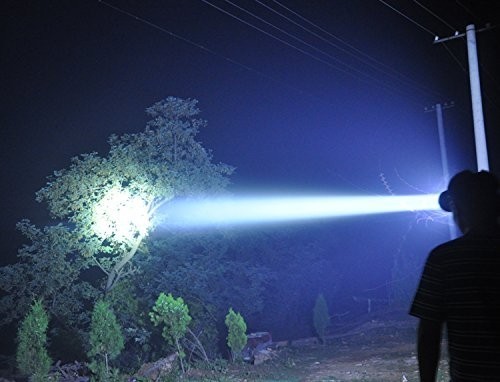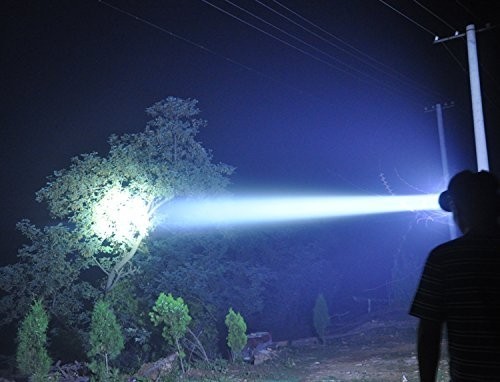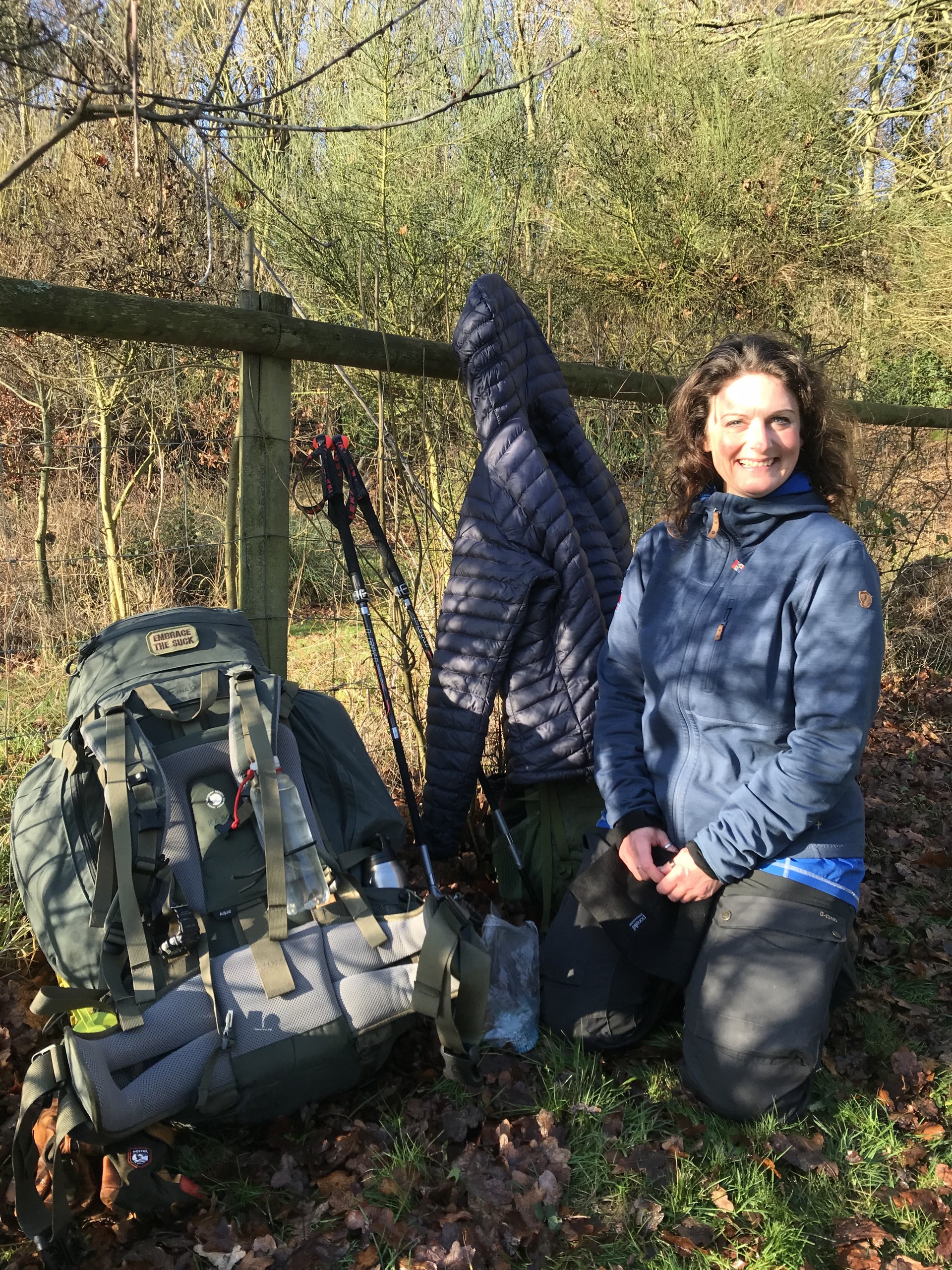
Illumination & Your Night Vision
Illumination & Your Night Vision
Following on from our Blog article in January 2018 Outdoor 'Trekking & Wild Camping' and the ten essentials needed for the great outdoors, this month we discuss point four 'illumination'.
When you’re sea kayak wild camping and setting up your tent at dusk, or just looking for something in your attic, you can't beat the hands-free lighting convenience offered by a headlamp. Headlamps today use LEDs almost exclusively as their light source and produce very little heat and use little energy. LEDs are rugged, energy-efficient and long-lasting. So, what sets one headlamp apart from another? How do you know what to buy? There are several main variables that differentiate headlamps.
Headlamp Beam Type
Flood (or Wide): Useful for general camp tasks, up-close repair work and reading. Flood beams ordinarily do not throw light a long distance.
Spot (or Focused or Narrow): This tight beam best enables long-distance viewing. In most cases, this is a better choice to navigate a trail in the dark.
Flood/Spot: Adjustable headlamps are the most versatile.
Headlamp Light Output (Lumens)
Lumens are a unit of measure that gauges the total quantity of light emitted in all directions by a light source. Typically, a light with a high lumens count will consume energy at a higher rate than a light with a lower lumens number.
So, the higher the lumens, the brighter the light? In most cases, yes but not always. How well a headlamp maker focuses and directs that light can impact how those lumens are utilized.
Headlamp Beam Distance
A headlamp's fundamental purpose is to channel light to a target area. Headlamps are tested to determine how far (in meters) they can project usable light. While lumens tell you how brightly a headlamp glows (at its source), headlamp beam distance tells you how far it goes (to a surface you want to be illuminated).
Headlamp Run Time
Headlamp makers calculate run time until lights can no longer produce usable light (the light of a full moon) at 2 meters.
Headlamp Weight
Most headlamps, with batteries included, weigh less than 7 ounces and are of similar size. You won't notice substantial differences in headlamp size and weight until you start examining some very high-powered models. Some have top straps and external battery packs that add bulk. Such models are intended for specific needs (e.g., climbing) rather than routine adventures.
Headlamp Brightness Levels / Modes
Most headlamps offer at least a high and low mode. Others may offer 3 or more modes. Strobe (or Flash) mode acts as an emergency blinker. A few models even offer a choice of flash rates: slow and fast. Low is the standard mode used for most tasks such as camp chores or walking along an easy trail at night. Mid is provided on some models simply to give people more choices. High (or Max) is a good option for situations where you simply need or want more light. Boost (or Zoom) is found on just a few models. This feature permits an extra-intense beam to be projected for a brief period, maybe 10-20 seconds—nice to have when you're really curious about what's causing that rustling sound in those nearby bushes. Just realize this mode exerts a high drain on batteries.
Additional Headlamp Features
Regulated output: Rather than gradually dimming as batteries drain, regulated headlamps offer a steady brightness level throughout the life of the batteries. This is a positive and deservedly popular feature. The downside; When batteries are exhausted, the light of a regulated headlamp can go dark abruptly. This may leave you scrambling to replace batteries in the dark. A dimming light on an unregulated headlamp gives you an early warning that batteries are nearing the end of their usefulness.
Red light mode
Many headlamps offer a red-light mode. Red light does not cause our pupils to shrink the way white light can, so it's good for night time use. This is a 'must-have' feature for any sea kayaker wanting to paddle at night time and saves your night vision.
Water resistance
Most headlamps are able to withstand some degree of exposure to rain and snow. A few can tolerate shallow, short-term immersion.
Tilt
The ability to adjust the headlamp unit up and down is a nice option. It lets you position the beam exactly where you want it. This is especially handy when reading by headlamp.
On/Off switches
If you're examining headlamps at a store, try out the buttons to see if you like how the headlamp cycles through its modes (high to low, or vice-versa). Also, some switches lock to prevent the headlamp from being inadvertently switched on inside a storage hatch or rucksack.
Batteries
Headlamps designed to work with lithium batteries are a good choice for cold-weather usage since lithium batteries outperform alkaline batteries in cold conditions. Rechargeable nickel-metal hydride (NiMH) batteries also work well with headlamps and perform well in cold conditions. Note: Rechargeable batteries tend to lose power when sitting idle, so it's smart to carry alkalines (excellent at holding their charge) as backups.
External battery packs, top straps
Some high-power headlamps that use 4 batteries position the battery pack on the rear of the headband and run a small cable from the pack to the headlamp. It lightens the load on your forehead but can feel clunky. Top straps (sometimes removable) are offered on some models to add stability.
Sea Kayakers and night paddling - IMPORTANT
It's essential that any paddler switches off all white light and only uses the red light function at least fifteen minutes before launching. On the water, use red light only and only when completely necessary; rather depend on your natural night vision, particularly when there is a moon and stars out and a clear sky.
Our thanks to REI



Her love of the outdoors is plain to see & she believes that every generation regardless of age should get outside, appreciating what the outdoors has to offer, both on & off the water. Introduced to paddling at 16, learning the basics on the Deben, Ore & Alde estuaries. After a few years of not being near a kayak, NOMAD Sea Kayaking brought her back to the water & reignited her paddling interest, NOMAD also strengthened her love of hiking! She completed her first Fjällräven Classic trek in 2018 as part of Team NOMAD with our Lead Guide, covering 110km of hiking and wild camping in Swedish Lapland just North of the Arctic Circle. In autumn 2019 she hiked & wild camped 190 miles across the UK’s Coast to Coast. There will be more hiking when she is allowed! Becky brings 25 years of experience of sales & a strong love of the outdoors & the environment to NOMAD Sea Kayaking. She is working towards her BCU guiding qualifications.